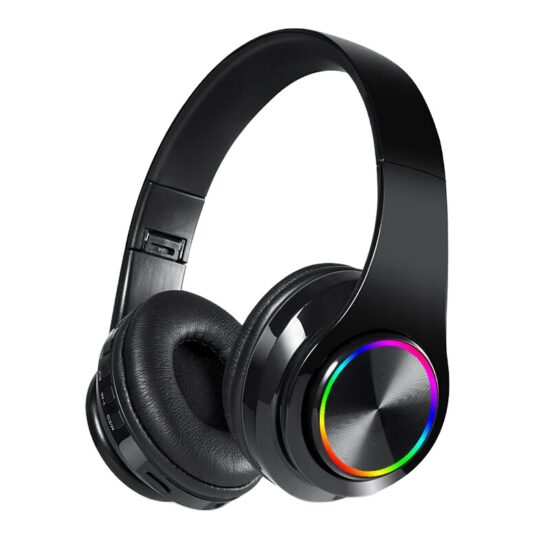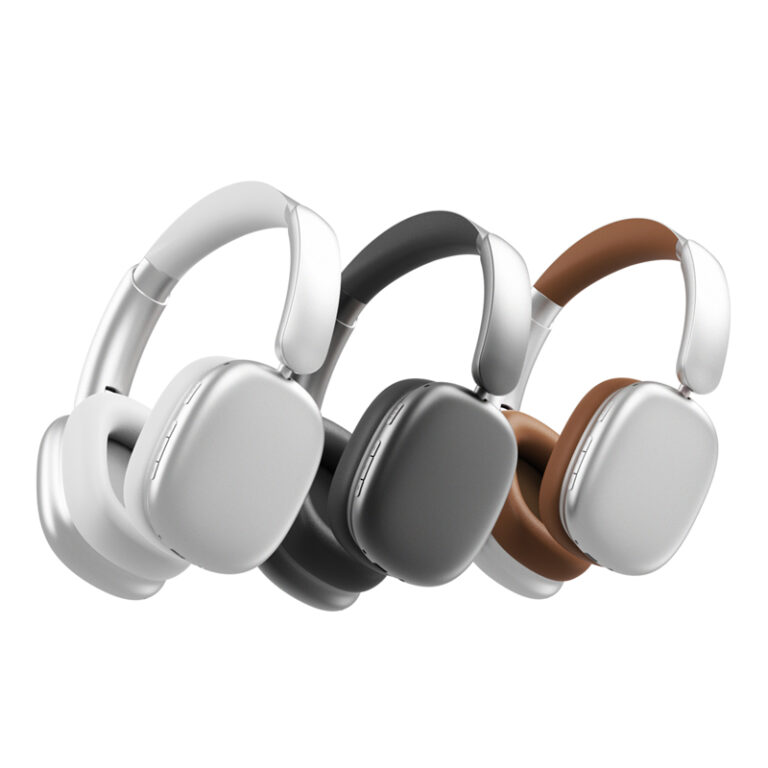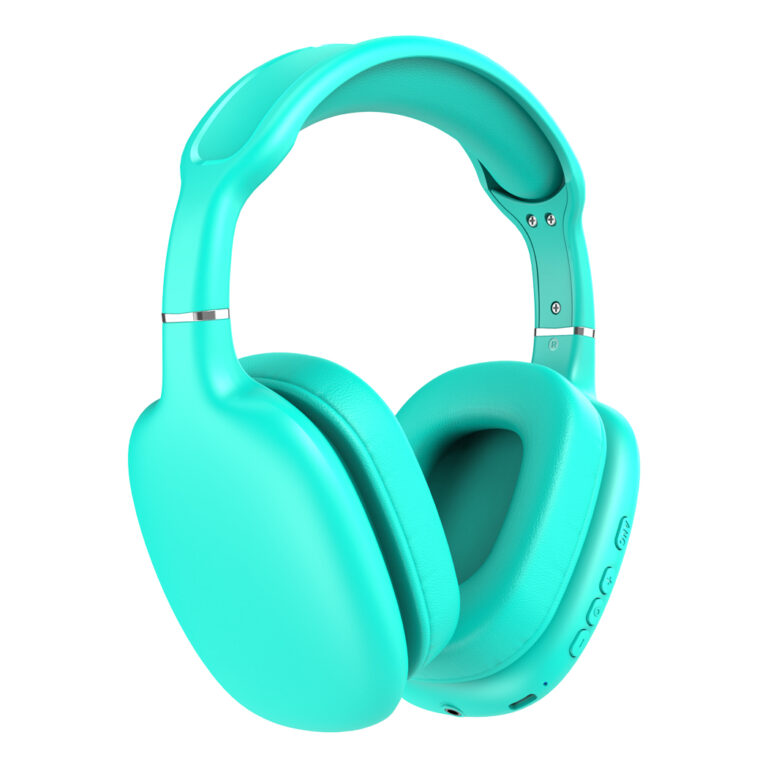jay@nbdho.com
Headphone Manufacturing Flowchart: Key Stages Explained
The production of headphones is a complex process that blends precision engineering, design innovation, and rigorous testing. Leading factories follow a structured manufacturing flow to ensure every unit meets high-performance standards. Below is a detailed look at each key stage of the headphone manufacturing process.
1. Product Design & Engineering
The first step involves concept development by product designers and acoustic engineers. This stage includes choosing the headphone type (in-ear, over-ear, etc.), ergonomic considerations, and sound performance goals. Engineers use CAD software to design both internal components and external housings, ensuring compatibility and comfort.
2. Component Sourcing
After finalizing the design, manufacturers procure components such as speaker drivers, PCBs (printed circuit boards), microphones, batteries (for wireless models), cables, and plastics or metal parts. Reliable sourcing from vetted suppliers is essential to maintain product consistency and quality.
3. PCB Assembly & Driver Preparation
The PCBs are assembled using surface-mount technology (SMT) in automated lines. This stage includes placing microchips and passive components that control audio signal processing. Simultaneously, drivers are manufactured and calibrated to ensure they deliver accurate sound reproduction.
4. Housing Injection Molding & Finishing
Plastic or metal enclosures are created through injection molding. These parts are then sanded, coated, and painted to meet aesthetic and durability standards. Logos, serial numbers, and labeling may be added through laser engraving or pad printing.
5. Unit Assembly
All internal components, including drivers, PCBs, microphones, and cables, are assembled into the headphone housings. For wireless headphones, the battery and Bluetooth module are also installed. Skilled technicians often handle this stage, supported by automated systems for consistency.
6. Soldering & Wiring
Precision soldering is done to connect wires, drivers, and controls. Manual inspection follows to ensure each joint is secure and functioning correctly. Cable routing and strain relief are also carefully managed to prevent future damage.
7. Acoustic Tuning
Each unit is tested and acoustically tuned, sometimes using digital calibration tools or human listening panels. Fine adjustments are made to optimize sound quality based on frequency response targets.
8. Quality Control & Functional Testing
Comprehensive testing is performed to check frequency response, impedance, sensitivity, and distortion. Additional tests include Bluetooth pairing, button functionality, and microphone clarity. Environmental and mechanical durability tests are also carried out at this stage.
9. Packaging
Once testing is passed, headphones are cleaned, assembled with accessories (like ear tips or charging cables), and packed into branded boxes. Packaging is designed to protect during shipping and to appeal to retail customers.
10. Shipping & Distribution
The final products are palletized and shipped to distributors or directly to retailers. Logistics teams manage inventory, customs, and tracking to ensure timely global delivery.
In summary, headphone manufacturing is a detailed and highly organized process. Every stage—from design to testing—is essential to producing high-quality audio products that meet global standards and consumer expectations.





